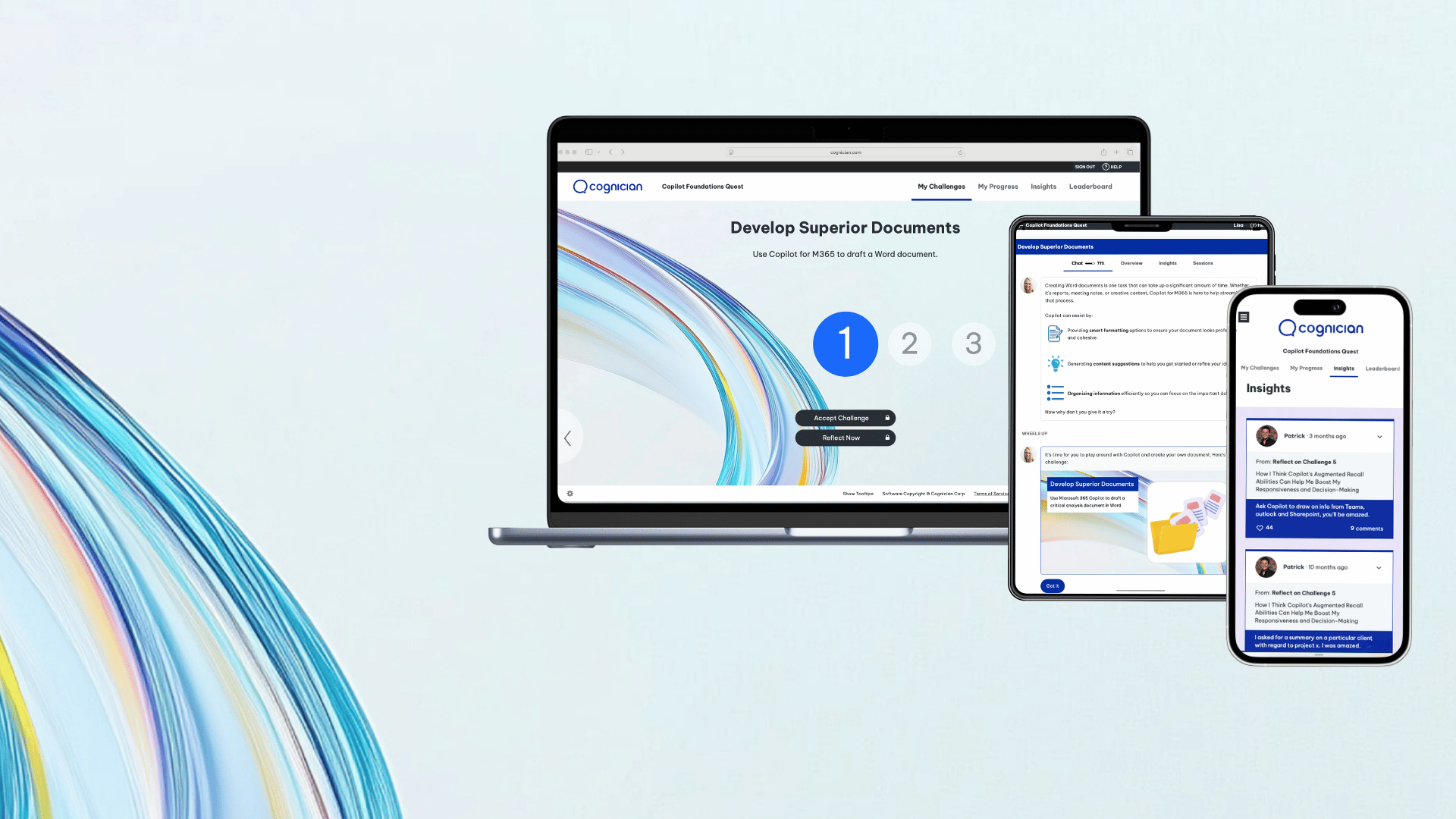In a world that's increasingly shaped by AI, many people are still hesitant to engage with generative AI tools like ChatGPT. This article explores the reasons behind this reluctance.
In recent years, the rise of generative artificial intelligence (GenAI) has transformed how we communicate, learn, and even create. One of the most notable developments in this space is Generative Pre-trained Transformers (GPTs) – AI models designed to understand and generate human-like text. These models, like ChatGPT, are trained on vast amounts of data and can engage in conversations, provide information, and assist with various tasks. Yet, despite the incredible potential of GPT technology, many people remain hesitant to engage with it.
In this article, we'll explore some common fears and misconceptions surrounding ChatGPT – and why embracing this technology could benefit you.
Understanding the Fear
So, what's holding people back from using ChatGPT? Here are some of the most common concerns:
- Fear of the Unknown – One of the primary reasons people hesitate to use ChatGPT is fear of the unknown. AI can feel intimidating, especially when its capabilities are not fully understood. Many people worry about what it means to interact with a machine rather than a human. They may wonder whether the responses will be accurate, relevant, or if chatting with a GenAI bot is even safe.
- Privacy Concerns – Privacy is another significant concern. Users may fear that their conversations with AI could be monitored or misused. The idea of sharing personal information with a digital entity raises alarms for many, leading to reluctance in adopting such technology. However, most AI platforms emphasize data privacy and confidentiality, making their policies available for users to read through and understand.
- Job Security Worries – The fear that AI will replace human jobs is prevalent in many industries. People may worry that AI tools like ChatGPT could render their skills obsolete. While it's true that AI can automate certain tasks, it also offers opportunities for collaboration and enhancement of human capabilities. Embracing AI can lead to new roles and responsibilities that focus on creativity, critical thinking, and emotional intelligence – areas where humans excel. Using GenAI tools can also free up time, allowing you to focus on tasks that require uniquely human skills, such as relationship-building, strategic thinking, and empathy.
- Quality of Interaction – Many people are skeptical about the quality of interaction with GenAI. They might worry that a conversation with ChatGPT will lack the depth and nuance of a discussion with another person. While it's true that AI-generated responses can sometimes miss the mark, advancements in natural language processing have significantly improved the quality of interactions. Many users find that GPT models can provide valuable insights, generate ideas, and assist in problem-solving. However, it's important to double-check any critical information provided, as AI tools can occasionally produce inaccurate or 'hallucinated' responses.
- Technological Overwhelm – The rapid pace of technological change can be overwhelming. Some may feel that they lack the technical knowledge to use AI tools effectively. However, engaging with ChatGPT is designed to be user-friendly. Most platforms provide intuitive interfaces, making it easy for anyone to start chatting without needing extensive technical expertise.
Embracing the Benefits of ChatGPT
While it's natural to have concerns, the benefits of engaging with this technology far outweigh the fears. Here are a few reasons to consider giving it a try:
- Accessibility to Information – ChatGPT can serve as a valuable resource for learning and obtaining information. Whether you need help with a complex topic, want to brainstorm ideas, or simply seek answers to your questions, GenAI can provide immediate assistance.
- Enhanced Creativity – For writers, artists, and creators, ChatGPT can be a source of inspiration. It can generate prompts, suggest new ideas, or even help to refine existing concepts. By collaborating with AI, you can unlock new creative pathways.
- Improved Efficiency – From drafting emails to summarizing articles, ChatGPT can streamline various tasks, allowing you to focus on more critical aspects of your work. By automating routine processes, you can enhance productivity and reduce burnout.
- 24/7 Availability – Unlike our human counterparts, ChatGPT is available around the clock. This means you can seek assistance whenever you need it, whether it's late at night or during a busy workday.
- Insight and Data Analysis – ChatGPT can be used for insight analysis and theme extraction, allowing organizations to enrich data analysis by identifying and extracting themes from large datasets. This capability enhances client satisfaction and operational efficiency by automating routine analysis tasks.
- Collaboration and Problem-Solving – ChatGPT can assist in collaborative tasks, such as brainstorming and problem-solving, by providing diverse perspectives and solutions.
The hesitation to engage with ChatGPT stems from understandable fears and misconceptions. However, as we become more familiar with GenAI technology, it's important to recognize the significant benefits it offers.
By addressing concerns about privacy, job security, and interaction quality, we can open the door to a collaborative future where humans and AI work together to improve creativity, productivity, and learning. Experimenting with ChatGPT can help you to shape a GenAI mindset, grow more familiar with it, and experience its benefits for yourself.
So why not take the plunge? Start chatting with ChatGPT in our ChatGPT Foundations Quest and discover a world of possibilities!



.png)

